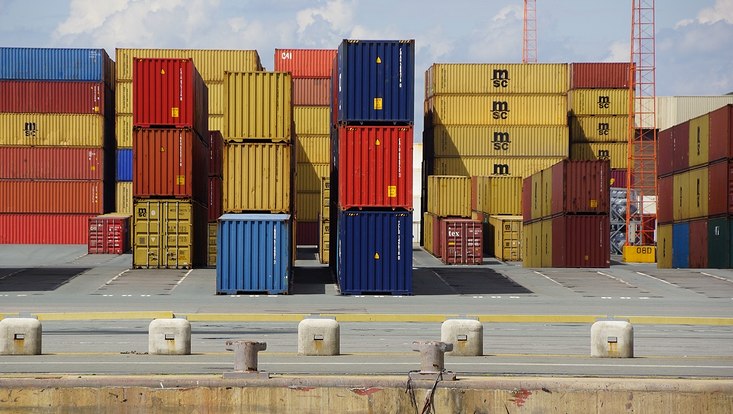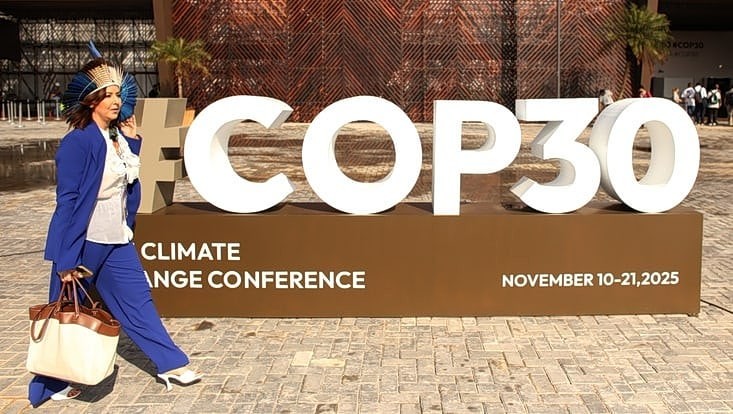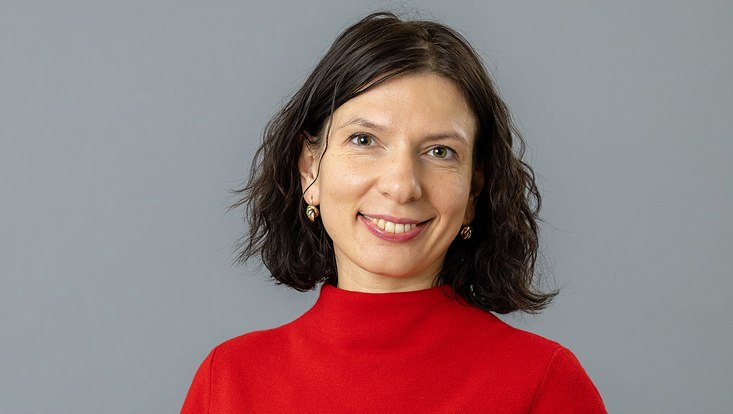and Society (CLICCS)
Climate promises that can’t be keptA Pipe Dream as Business Model
2 June 2023, by CEN-Redaktion

Photo: Pixabay/HesselWisser
Protect the climate and make money while you’re at it! That’s the company Sparkchange’s sales pitch. An article recently published in the newspaper Handelsblatt calls this business model into question. CEN Director Prof. Dr. Grischa Perino is a leading international expert on European emissions trading and explains the issue in the following interview.
How does Sparkchange’s business model work?
On behalf of its investors, Sparkchange purchases EU emissions trading allowances, which it retains for several years. After a time, it sells them again – the expectation being that the selling price is higher, so that its customers make a profit. At the same time, the company promises to protect the climate. More specifically, greenhouse gases are to be reduced by one to one-and-a-half metric tons per allowance (PDF). Each allowance entitles coal power plants and other industrial facilities to emit one metric ton of CO2.
Sparkchange cites the market stability reserve. How does it work?

Emissions trading expert: Grischa Perino
Emissions trading is based on a politically determined maximum number of allowances. Companies that want to go on producing emissions have to purchase these allowances. Accordingly, the number of allowances issued effectively limits the maximum amount of greenhouse gases that can be emitted by companies. The market can only decide who does the emitting; politicians decide how much can be emitted.
The market stability reserve was ratified in 2015 and introduced in 2019. Under the reserve system, if too many allowances remain unused at the end of a year, allowances are automatically removed. This assessment occurs at the end of each calendar year on the basis of the number of so far unused allowances, which market actors carry over from one year to the next. The underlying idea: In this way, emissions trading can flexibly respond to both the climate policy measures of the member states and economic fluctuations. If there is a surplus of allowances, the market stability reserve reduces the number, stabilizing the price and preserving the desired effect on the climate.
Could you give us an example?
When a coal power plant is shut down in Germany, market actors have more unused allowances on their accounts than they would have without the phasing-out of coal. In response, the market stability reserve deletes allowances. Only then can the phasing-out actually produce a climate effect. Before the market stability reserve was introduced, the power plant in question would have stopped emitting – but the allowances would have then been used by other power plants instead, which means total emissions wouldn’t have been reduced.
How does Sparkchange use the market stability reserve in its business model?
Sparkchange argues as follows: When it purchases allowances and retains them for several years, they aren’t available on the market for those years. The climate effect purported by Sparkchange is predicated on the assumption that, for every emission allowance purchased, the market stability reserve ultimately deletes an additional one to one-and-a-half allowances.
And that’s not true?
Precisely. The company presents these automatically deleted allowances as climate credit. Drawing on these allowances, it calculates how much climate protection can allegedly be achieved by investing in it.
But there’s a problem with this approach. It’s true that the market stability reserve deletes allowances, depending on how many allowances are carried over to the next year. That also applies to the allowances retained by Sparkchange. The flaw in Sparkchange’s argumentation is their assumption that the deletions are the direct result of their purchasing allowances. In other words, they claim that their business model yields more deleted allowances.
However, more than a billion allowances are regularly carried over from one year to the next. When Sparkchange purchases some of these allowances, they simply change hands. There’s no reason to assume that the total number of allowances carried over – and therefore, the scale of deletions – changes.
After all, Sparkchange’s business model is based on selling the allowances again, at a profit, a few years later. As a result, all market actors know that the number of allowances won’t actually change in the long run – nor will the price.
So there can’t be any climate effect without a price change?
The price is the key signal: It determines the amount of emissions for all companies subject to emissions trading. When it’s high, it puts more pressure on companies to reduce their CO2 emissions. There are only two scenarios in which Sparkchange’s business model could influence the price and therefore emissions, but both are highly improbable. The first: if all companies were to run out of allowances before Sparkchange sells its own allowances back to the market. The second: if market actors behaved in a very short-sighted manner – that is, if they didn’t anticipate Sparkchange reselling the allowances later, even though it’s explicitly part of the business model. But even Sparkchange itself doesn’t cite these scenarios. No matter how you slice it, it just doesn’t work.
How relevant is Sparkchange?
According to its website, Sparkchange has gathered a total of US$140 million in investments and had purchased 2.5 million allowances by early 2022. That’s a lot of money and a lot of CO2. But compared to the total number of allowances, it’s not much.
Are there other companies that make similar promises?
I’m not aware of any companies with a similar business model. However, there are some companies and NGOs that use the EU emissions trading system to actually protect the climate. Organizations operating in Germany like CAP2 GmbH, the Climate Concept Foundation, ForTomorrow gGmbH and Compensators e.V. purchase allowances, retain them for several years, and – this is the critical difference – then permanently delete them. I’ve advised these organizations. As a study shows, by doing so, they essentially deliver the climate effect that Sparkchange promises. But of course, the money invested is then gone, and you can forget about making a profit. The allowances are ultimately destroyed, not resold.
Why do companies turn to service providers like Sparkchange?
In theory, anyone can purchase allowances. But they’re usually traded in 1,000-allowance packets. A single allowance currently costs roughly 90 euros, so you have to pay 90,000 euros to buy a single unit. Plus: Companies have to first register with the German Emissions Trading Authority in order to open a European emissions trading account. This involves considerable work, which Sparkchange is willing to take over – for a price. In addition, the idea of protecting the climate while simultaneously making a profit is of course very tempting.
Is there a loophole in the emissions trading system that needs to be closed?
The market stability reserve is highly complex. At the Cluster of Excellence at Universität Hamburg we investigate the origins and consequences of this complexity. We show: Even many climate policy experts and others whose jobs involve EU emissions trading don’t grasp how the market stability reserve works – a problem I pointed out several years ago (PDF). Among other things, thanks to this complexity, it can take a considerable amount of time before business models that are based on pipe dreams are exposed. It’s even possible that the person lighting the pipe might buy into her own pipe dream without realizing it is made up out of thin air. We have prepared concrete recommendations on how emissions trading could be made simpler and more effective.
About the Author
Prof. Dr. Grischa Perino is an expert on EU emissions trading. He has advised the EU Commission, Germany’s federal government, and the German Emissions Trading Authority (part of the German Environment Agency) on the effects of the market stability reserve. His research publications have greatly contributed to understanding its impacts. Perino is the Director of Universität Hamburg’s Center for Earth System Research and Sustainability (CEN) and conducts research at its Cluster of Excellence for climate research (CLICCS).
On May 12, 2023, the German newspaper Handelsblatt reported on Sparkchange's business practies. For the article, they interviewed Prof. Dr. Perino as an expert on European emissions trading. In the podcast “Handelsblatt Today,” he explains whether it’s possible to simultaneously make money and protect the climate by purchasing emissions allowances.


